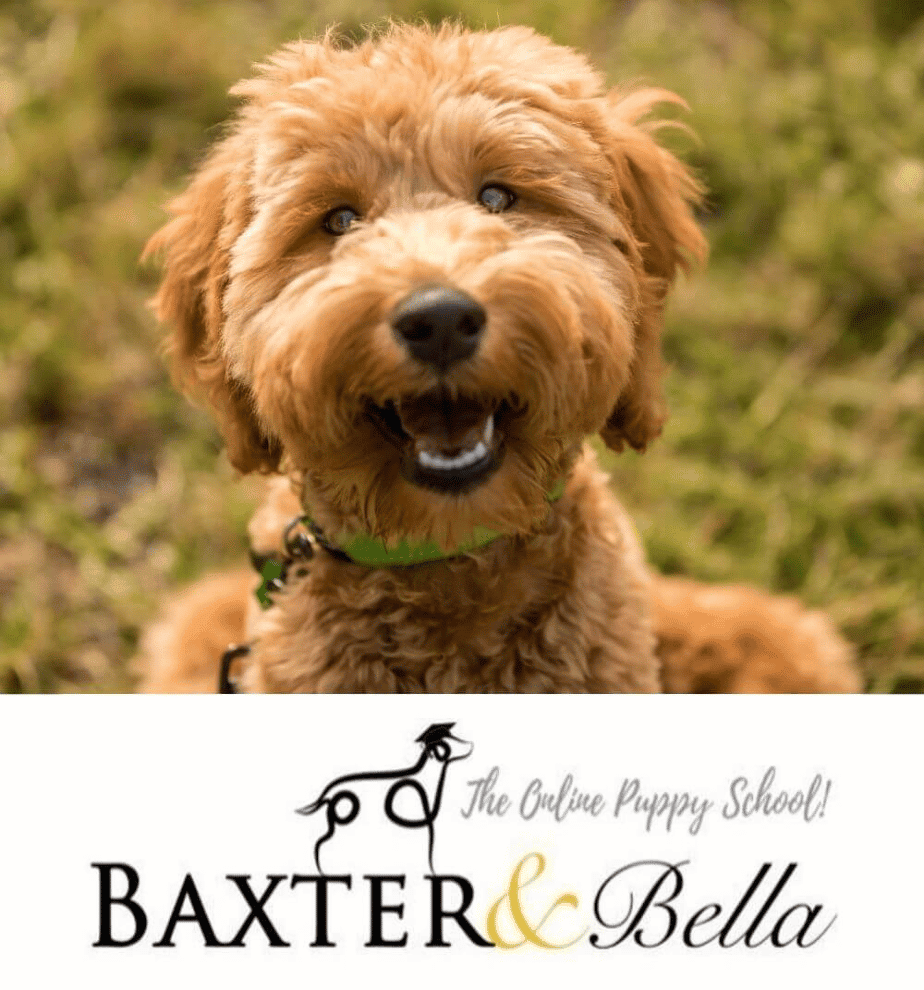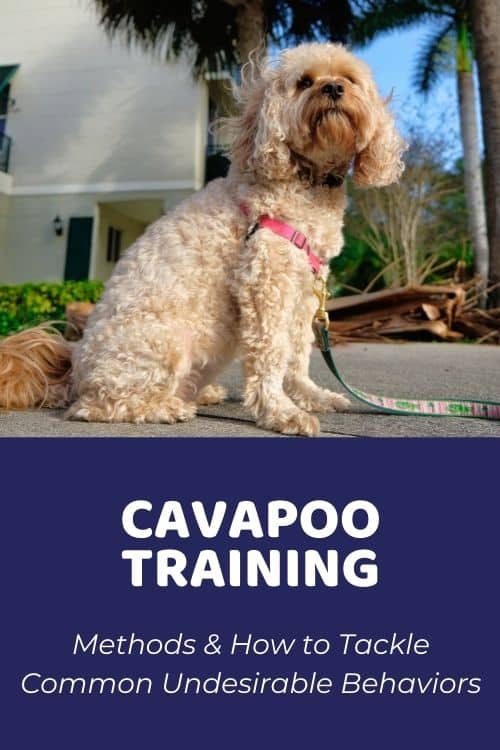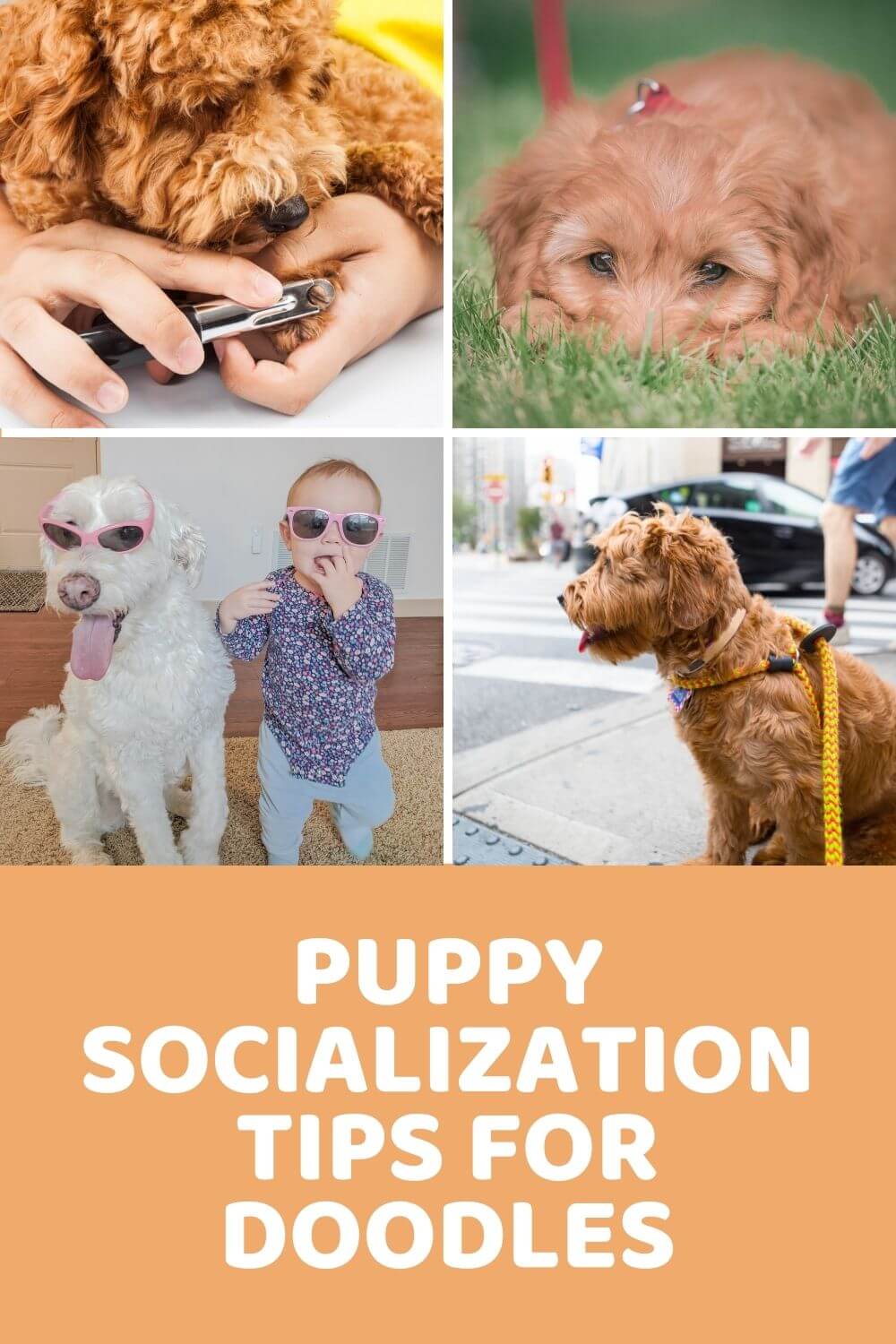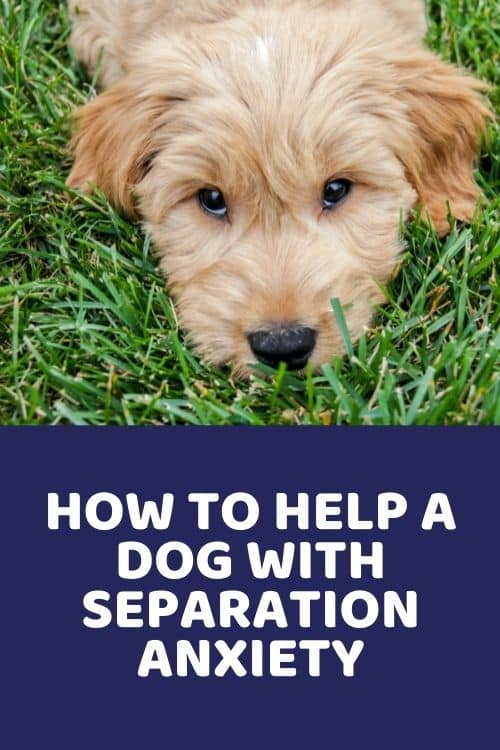Despite the fact that one of the perks of Doodle ownership is that these are tremendously bright pups, training is not always the easiest thing to do. This is especially the case if you are new to dog ownership and have never tackled anything like it before. Getting to grips with this tricky business is vital for dealing with any kind of Cavapoo behavior problems that may arise. Here we will take a look at some of the more common of these and how to fix them.
Pros and Cons Of Owning A Cavapoo
Cavapoos, a super cute cross between the Cavalier King Charles Spaniel and the (usually Miniature or Toy) Poodle, are small dogs with huge hearts indeed. Not only are they loyal with a loving temperament, but they are outgoing, playful, and curious too. With their amiable and winning personalities, these pups love romping around almost as much as snuggling on the couch.
As family-oriented pets, the Cavapoo make excellent companion dogs. They are smart and generally easy to train, especially if you start early, are consistent in your methods, and employ positive reinforcement techniques made popular by professional dog trainers. These guys want to learn and do well so that they can please those that they love. It also helps keep them happy and healthy and stops them from getting bored.
However, a lack of proper training can lead to a multitude of issues later down the line, and bad habits can be incredibly tough to break. This is definitely something to keep in mind if you are adopting an older Cavapoo rather than buying a puppy. While it’s wonderful to give such a dog a new chance at life, you will usually have no idea what their early life was like and what kinds of behaviors they picked up. This is no reason to give up on them, though. They just might need a little more care and attention is all.
Common Cavapoo Behavior Problems
While every pup is absolutely an individual and will have their own personality and little quirks you might love or that drive you crazy, certain breed traits can be passed down from parent to puppy. These are often to do with how these types of dogs originated in the first place, what kind of work they might have been used for, and which of their instincts were honed through the breeding of their ancestors.
As Cavapoos are not an established breed in their own right, and we are still learning so much about these dogs, it’s best to look to the two purebred dogs used to create this crazy cute combo for ideas of what behavioral issues could arise and how to go about fixing them.
Cavalier King Charles Spaniels are what happen when you combine the sporty, feisty nature of a Spaniel with the gentleness and even temper of a toy companion breed. Spaniels were originally bred to be enthusiastic and effective hunting companion dogs. More specifically, they were gun dogs used for flushing game out of denser brush areas. What this means is that these dogs have a high prey drive and plenty of potential for mouthiness and wandering off to boot. They also have quite a bit of energy to be handled.
Poodles were also hunter companions but retrievers rather than flushers. They would go and fetch the waterfowl that their owners shot down. For this reason, they don’t really have that much of a prey drive and are less likely to do a disappearing act. Their bad behavior evolves more around the fact that they are highly strung, very sensitive pups – especially the smaller ones. If they are not exposed to new people, animals, places, and situations at a young age, they could grow up timid, and this could lead to snappiness.
What You Might Be Faced With and How To Deal With It
With two quite different dogs in the mix, you never can tell how the chips will fall. Even if your pup has more of one kind of dog’s genes than the other or resembles one over the other, the truth is genetics are funny, funny things. Your pup could exhibit bad behaviors from either parent pup – or they could have some of their very own. Here are some of the most likely and what to do about them:
Separation Anxiety
Far and away, the biggest problem for Cavapoos is that they don’t do very well with being left alone. There are two main reasons for this.
- The first is that these kinds of companion pups become very quickly and very firmly devoted to their family. Just like little velcro dogs, you might find your four-legged friend following you absolutely everywhere you go.
- The second is that Doodles, as highly intelligent canines, can all too easily get bored when left on their own for hours through the day. This can manifest itself in all kinds of unwanted behaviors, such as barking or chewing (both covered below).
It will likely be clear which of these is the issue for your pal from how they interact with you when you are home. While we would never condone leaving any pet alone for endless hours, you will likely find that providing your pup some dog toys will help keep them busy. Then when you are with them, make sure you have time to play games and show them plenty of affection. Sadly, if you don’t have time for this, you probably don’t have time to be a pet parent.
Biting and Chewing
When such behaviors occur while you are away from home for a long time, you can probably chalk them up to boredom, as outlined above. However, suppose your pooch is biting and chewing even when you are around and giving them attention. In that case, the problem could be that they simply don’t understand that these behaviors are wrong. After all, you can’t tell a dog that you don’t want them to chow down on your new shoes, and shouting isn’t going to work either…
The first thing to consider is the age of your pet. If your Cava is still young, about four or five months of age, it might be the case that chewing behaviors are occurring because they are teething. Just like with babies, this is a perfectly natural way for them to relieve pain and help the new teeth push through. Rather than punishing this behavior, you want to try and give your puppy something that they enjoy chewing even more than your furniture, such as teething toys. If they don’t take to these right away, smear them in something delicious.
Excessive Barking
Spaniels are notorious barkers – that’s just part of their nature. However, if your Cava is driving you nuts with their constant noise, there is something you can do about that. The first thing NOT to do is respond to their barking in any way. Whether you react positively or negatively to what they are doing, you are reinforcing this behavior and making it much more likely to continue. What you need to do instead is teach your dog to respond to a command such as “quiet,” and when they do, reward this behavior instead.
Be careful, though – if your up-until-now quiet pet starts developing an issue with barking, it can be a sign that something is up. It might be the case that, for some reason, they are feeling particularly anxious about their environment or that they are not getting enough physical or mental stimulation. It might even be that your dog is in pain. If you can’t identify an immediate issue with your pup, then the best thing to do is take them to your vet for a check-up. They will ensure that there is no injury or illness and, if need be, can advise you further on this issue.
Jumping Up
While not as much of a problem with smaller Doods as with larger ones (for reasons you can imagine), it can be tough to take a dog who’s all up in your face the whole time. You might also have an issue with disciplining this problem simply because your dog is showing a whole lot of affection, and it can be tough to discourage them from doing this. However, it is necessary. You might love it when your pet greets you this way, but those around you probably don’t. So, you need to train them out of this behavior – mostly by ignoring it.
It may seem counterintuitive, but again any attention you are giving your dog when they do this only serves to reinforce their behavior. After all, your pup absolutely adores you, so what could be better than when you are paying them attention? The next time your pooch jumps up at you, what you need to do is simply turn and walk away from them. Fight the urge to give them affection or even to push them down; just turn and walk away. Doing this will help your pal to quickly see that it’s not wanted and that they are likely to get more loving on the ground. Just make sure to let others who hang with your pet know to do the same. The message needs to be both clear and consistent.
Getting Professional Training
At your wit’s end with your Cavapoo’s behavior issues? We recommend Baxter & Bella The Online Puppy School. The program includes more than 65 step-by-step lessons, over 100 how-to videos, unlimited LIVE! one-on-one professional help, canine coaching classes, training games, field trips and activities, printable charts and checklists, and so much more.
Need help with training?

Use our discount code: DOODLEDOODS at checkout for an instant 25% off of BAXTER & BELLA, The Online Puppy School – an incredible value on their lifetime membership!
Learn More About BAXTER & BELLAFrequently Asked Questions About Cavapoo Behavior Problems
Can Cavapoos get aggressive?
Some dogs have aggression bred right into their nature. This is not the case with the darling Cavapoo. As companion animals, they tend to be sweet, affectionate, and very family-friendly. However, things can happen that might stress your dog out – they could be in pain, or someone could be handling them more roughly than they would like. In this case, they may be liable to lash out as they don’t know any other way to deal with the situation. Either way, pay attention to the environment and cues that caused this behavior in the first place.
Do Cavapoos have any problems?
Cavapoos are not known to have a specific issue. However, they tend to be somewhat sensitive pups that get very attached to their families. For this reason, the biggest problem you might have with one of these dogs is that they suffer from separation anxiety. The only real thing you can do about this is aim to ensure that they have someone around as much as possible. If you work long hours, it’s probably better to avoid getting a Cava and if leaving them is unavoidable, look into doggy daycare.
Why is my Cavapoo biting?
Biting can be a behavior with many underlying causes. Puppies bite and chew to relieve pain and pressure on their gums when they are teething. They may also bite as part of play – this is something that can be corrected with training. However, if your dog is biting in aggression, it should be very easy to tell the difference, this signals that they are probably uncomfortable in some way. You might need to remove them from their present environment or take them to the vet for a check-up to see they are not in any pain.
Cavapoos are really wonderful dogs with excellent temperaments. Cute and versatile, they adapt to pretty much any kind of family setup, from single-person families to those with children. If you are looking to get a Cava, then you need to ensure you are clear on the best ways to approach their training and socialization. This gives you the best foundation for dealing with any unwanted behaviors that come to light as your dog grows.
There are going to be times your dog does something you don’t like – that’s just life. However, it’s good to have a clear understanding of what to do in those situations. It’s always best to remain calm, avoid punishment and instead aim to incorporate a new common such as “quiet,” “down,” or “stop” into their next training sessions. Cavapoos will do anything to please their owners, just as long as it’s absolutely clear for them just what that is.




